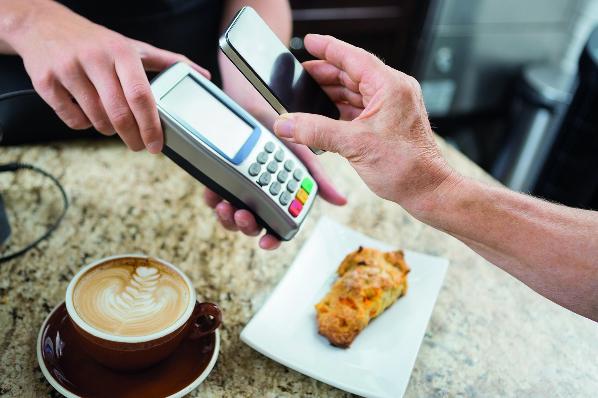Shoppers now expect to buy in the easiest and most convenient way possible – especially when it comes to payment. Speaking ahead of Internet Retailing Conference last autumn, Jack Smith, group digital director at New Look, set out how the fashion retailer had slimmed down its checkout in order to make it easier for visitors to part with their cash. He said that paying for goods was a “pain point” – and that retailers miss out when they make it difficult and complex. “You’re asking customers to do something they don’t want to do, and you’re making it really arduous for them at the same time,” he said. New Look’s answer was to cut its mobile checkout down to two pages, and it found conversion rates soared as a result. Here are four steps towards making retail payments easy and convenient – and stay ahead of the competition in 2016.
Think customer
Retailers that sell in the way their customers buy, or want to buy, are more likely to convert visitors to the website. Traders who study analytics and carry out shopper research can ensure they do just that. When M&S, an Elite retailer in InternetRetailing’s IRUK Top500, was redesigning its website ahead of the 2014 launch of its own platform it analysed the way visitors bought from its website and found that many shoppers put products in their basket from a mobile device but then made the purchase itself from a desktop device. This underlined for the general merchandise retailer how important it was to have a shopping basket that shoppers can see, complete with all the items they’ve put in it, across sales channels.
Think mobile
Close to half (45%) of online sales were made via mobile devices in the third quarter of 2015, according to IMRG figures. It’s clear that many shoppers are moving beyond browsing to buying via mobile. Enabling them to do so quickly and effectively will pay dividends. One key problem that shoppers encounter when buying via mobile is the difficulty of entering credit card numbers into a tiny box on a small screen. Retailers overcome this by offering one-click payments, mobile-friendly alternative payment methods, such as PayPal or digital wallets, or by adopting technologies such as Apple Pay that rely on a user-friendly fingerprint signature.
Think international
It’s important for traders moving into new markets to enable local consumers to buy in the currencies and using the payment processes that are most familiar to them. Through research, retailers can find which payment approaches are most popular in the markets they sell in, whether that’s iDeal, used by 60% of Dutch online shoppers, or bank transfer, popular in Germany and the Nordics.
Think security
It’s business-critical that retailers ensure their customers can pay through secure methods – and that their payment data is then stored securely. Not only does this reduce the likelihood of customers charging back purchases that they’re unsure of, but it also protects traders from reputational damage that ensues when payment data is lost. Tokenisation underpins one-click payments and also means retailers never need to store their customers’ payment information. Nonetheless, the onus is still on the trader to ensure their payment processing meets the requirements of the PCI Security Standards Council. At the same time it’s key that businesses consider their own security, planning and implementing robust fraud strategies.
These four steps will get retailers well on the way to ensuring their payments are easy and convenient for shoppers. For the latest in payment strategies and technologies, visit the digital payments theatre at InternetRetailing Expo in Birmingham this April.
This article was written by Chloe Rigby, editor of InternetRetailing.net















